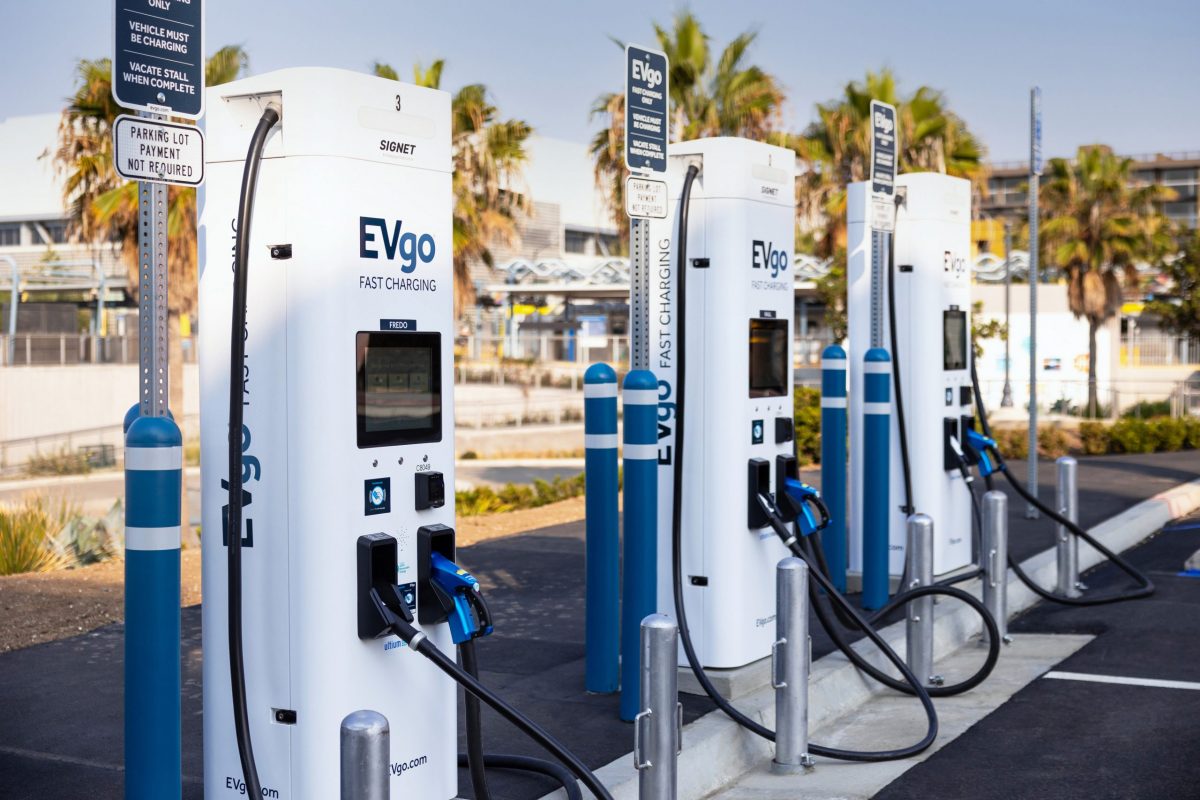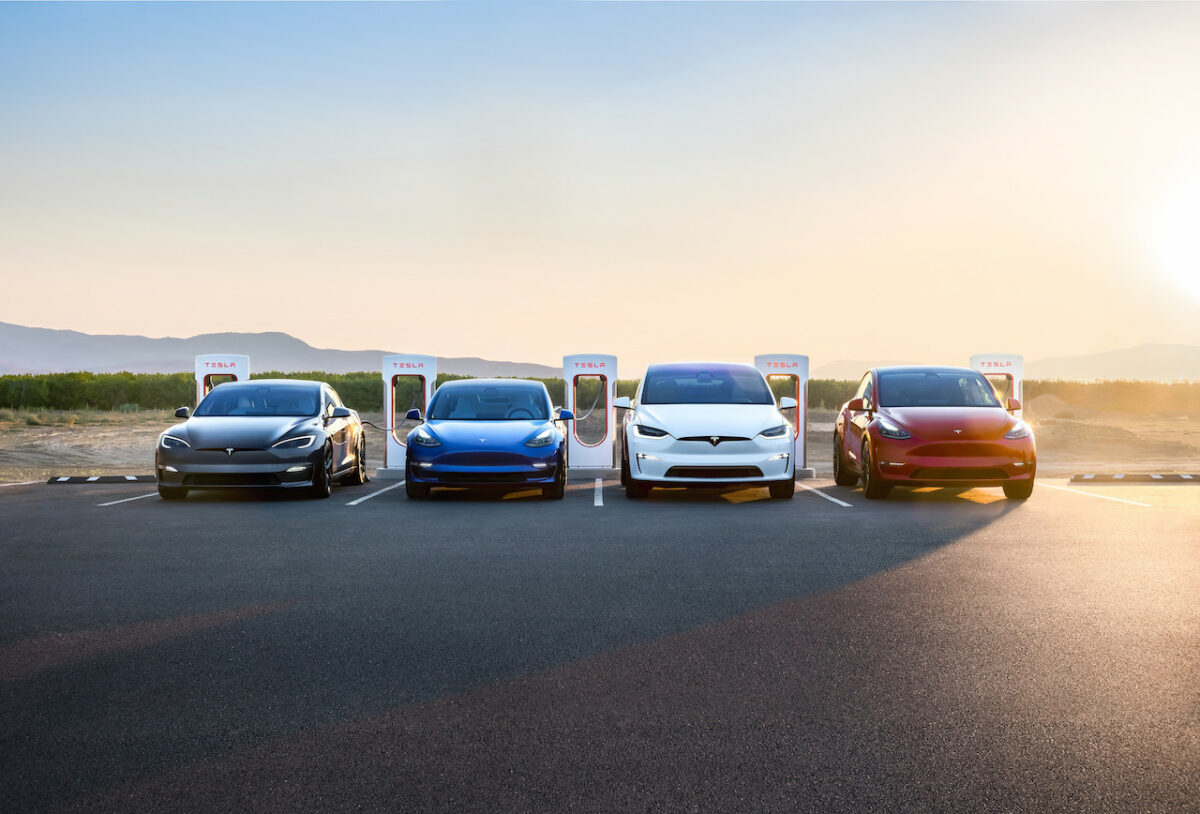Michael Fleiss is the Vice President of Powertrain at Volvo Car Group. He is responsible for developing engines, gearboxes, fuel systems, intake systems, and exhaust systems at the OEM. Fleiss is speaking at Automotive World’s Automotive Megatrends Europe 2014 conference, which takes place in Brussels on 10 and 11 September. Fleiss will speak in Stream 1: Powertrain Innovation, on 11 September: Passenger Car. In an interview with Automotive World, he talks about Volvo’s powertrain focus, his opinion on electrification, and consumer perception.

What will Volvo’s powertrain focus be over the coming decade?
We were part of the Ford Motor Company and a few years ago were sold to Geely. The biggest challenge has been to develop our own powertrains because we previously used Ford’s and others. We are on a mission to become a standalone automotive manufacturer. Our focus was to develop our own engine family, which we have done now. Looking ahead, over the next decade we will refine the already best-in-class engine, improve its CO2 output, and offer more performance and better value for the customer. We will also improve our electrification, which is a big part of the Volvo strategy.
What can you say about Volvo’s new triple cylinder engine family?
That is fresh off the press. When you want to stand out as an OEM, you don’t only need a 2.0-litre engine, but a smaller engine also. This is because there are a lot of tax regulations based on displacement, and secondly, the smaller engine, the less the CO2. We currently have a 1.6-litre gasoline and diesel engine, which are good, but we are working on a smaller engine, which is a known secret. If you have a 2.0-litre four-cylinder engine with a lot of tax regulations around the 1.5-litre mark, then the most sensible thing to do is get rid of one cylinder. You then have a perfect engine with the right displacement, and you can carry over all our manufacturing equipment. It will take some years before we launch this though.
Experts say ICE engines have a long way ahead of them. Is that your view?
Every engineering expert says ICEs will have a long future ahead. Five years ago, nobody would have dreamt that the 95g CO2 target in Europe could be achieved by conventional technology. We know we can achieve it at Volvo, and assume other OEMs are not far off. There are always improvements on conventional technology which can deliver competitive consumption values for customers, without having to go the way of expensive electrification. As soon as prices for hybrid technology components reduce, the world will change, but until then, ICEs have a long future.
What further improvements do you think can be achieved with ICEs?
Volvo is working on a lot of things. There are small kaizen modifications – very detailed improvements in the calibration, material technology and combustion – but also bigger steps such as cylinder deactivation, which isn’t in the market yet. We are also looking into more aggressive stop/start functionality, which is a good measure to save CO2. So there’s cylinder deactivation, stop/start functionality, and then the move to hybrid and EV technology.
Could you comment on Volvo’s view of developments in alternative engine architectures and cylinder layouts?
We started the development of the smaller engine to understand the best displacement for our applications, and came to the 0.5-litre per cylinder that we now have on our V engines. We have a 2-litre gasoline, and diesel, and we will soon have a 1.5-litre. All our vehicle architecture is based on inline four-cylinder technology, and we have purposely designed ourselves out of V6 or V8 engines. There is no possibility to fit them into our future cars.
What would a supplier of a new engine design have to do to convince a major global OEM like Volvo to adopt its technology, or is Volvo solely set on developing its own engine?
It would have to be a drastic improvement over what we current have, in terms of cost, CO2 and package. The engine bay in our vehicles is based around the inline four-cylinder, and every other engine layout I know will not fit and wouldn’t possibly be better than what we have.
Sales of EVs continue to be low: will this always be the case?
It’s all about cost and range. If battery technology does not improve in this way, it will remain a niche product. We have our C30 full EV, which is running well, but it is simply too expensive if you want to make a business out of it. It will be for our niche markets, but it has its value there. In the US there will be legislation forcing the development of EVs in the midterm future, but this is determined by legislation, not customer demand. This could also be the case in megacities like Beijing or Shanghai, because of air pollution, but there we can see demand for electrification driven by both consumers and legislation.
For Volvo, if an EV must be light and small to be efficient, you enter a customer base where they are not willing to pay more money for less of a car. We think it is better to have a plug-in hybrid where you can have a bigger car with the range extending functionality of an ICE, but pure electric driving too. EVs are in the plan, but only if we have to, and PHEVs are the ones we are progressing with.
Do you think that the move to electrification is inevitable?
I hope we can still base our developments on offering electrification if the customer wants it. I don’t want to offer electrification to fulfil legislation because you add cost to a car which a customer has not expected, and is therefore not willing to pay. We will, however, use electrification to close the gap between a four cylinder and a V8 engine, for example, in an SUV.
Does Volvo have any plans to manufacture a fuel cell vehicle in the future?
This is not in the plan. We are a small company and will never set the trend. If another OEM is doing it, and changes the market opinion, we are watching the market and technologies. We are a fast follower, but currently don’t see any big business with fuel cells.
Diesel has been on the rise in the US. Do you think it could become a mainstream fuel there?
The US market is changing. A few years ago diesel was a dirty fuel for trucks, but that is changing. We expect diesel volumes to increase in the US, but as fuel prices are low in the US, the difference between petrol and diesel efficiency is not something that will change customer opinion. If fuel prices go up in the US, and customer expectation becomes bigger, diesel will be the engine for this market. However, we only see a small growth in volume.
Do you think it’s necessary to bridge the gap between the engines most commonly used today and zero emissions technology such as battery EVs or fuel cell vehicles?
The customer acceptance to move from ICEs to EVs or FCVs is too big, and you do need a bridging engine or powertrain. That’s what we’re doing with our plug-in hybrids. Our V60 2.4-litre diesel with plug-in hybrid had a fantastic response. We’ve sold over 13,000 cars in two years, which is quite high considering that we sell around 350,000 to 400,000 vehicles. This for us is the bridging technology.
Organised by Automotive World, Megatrends Europe 2014 is a two-day, multi-stream conference focusing on Commercial Vehicles and Passenger Cars.
To register for this event, please go to http://automotivemegatrendseurope.com/registration/
For further details on this event, please contact the event manager, Amanda James: amanda.james@automotiveworld.com / +44 (0) 292 1287115
Download your free copy of Automotive World’s Megatrends magazine today. This quarterly publication covers a range of forward-looking automotive and commercial vehicle topics, from concept through to aftersales.
Rachael Hogg



